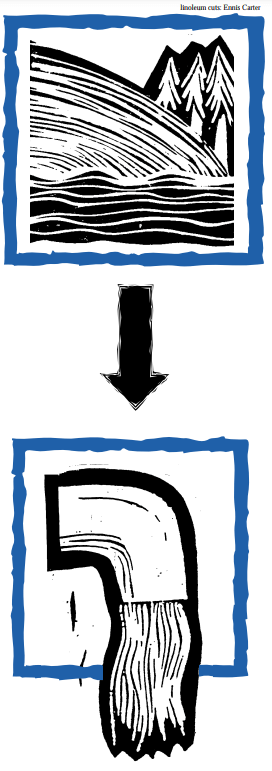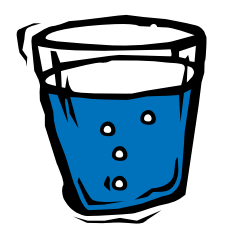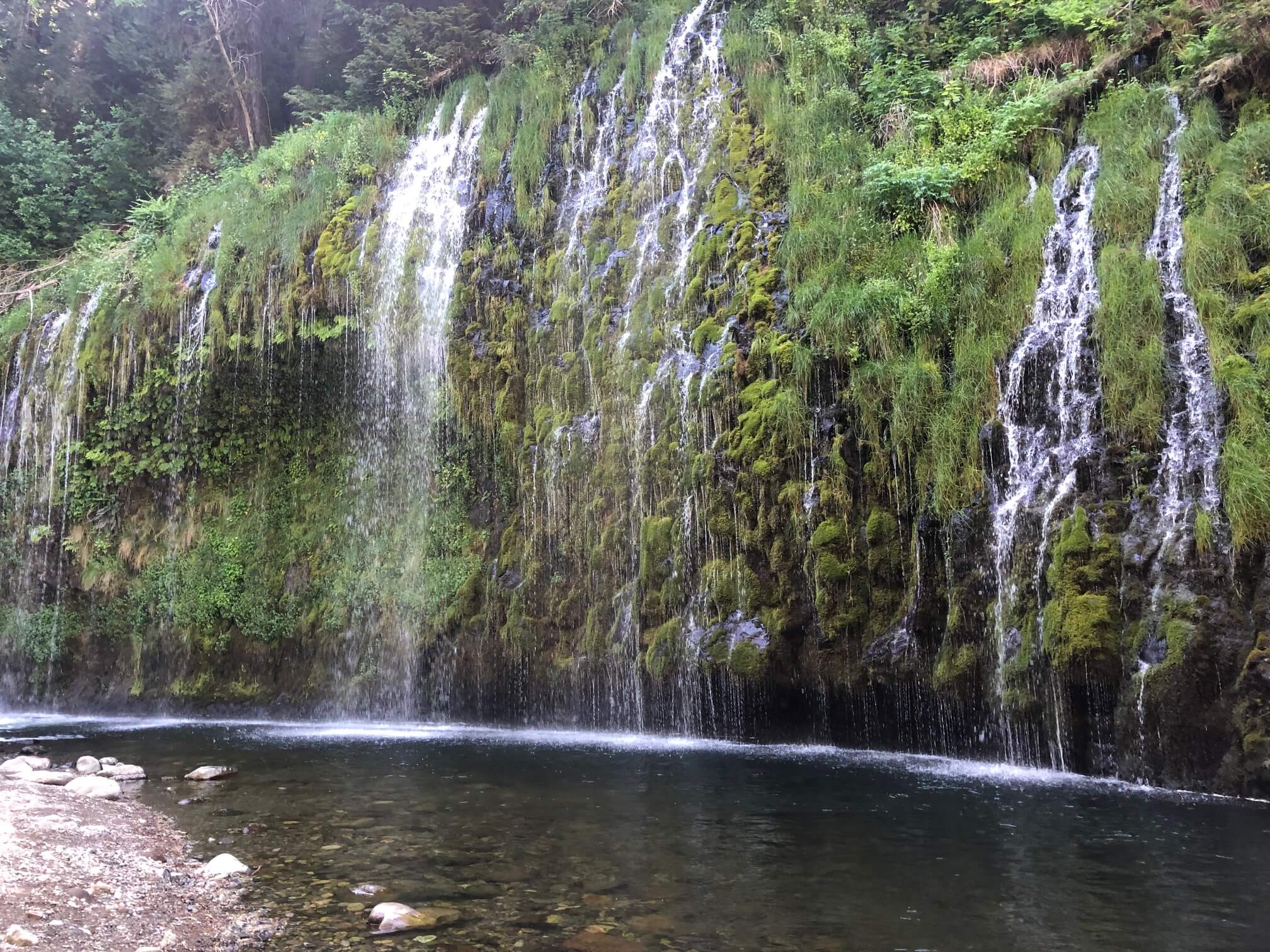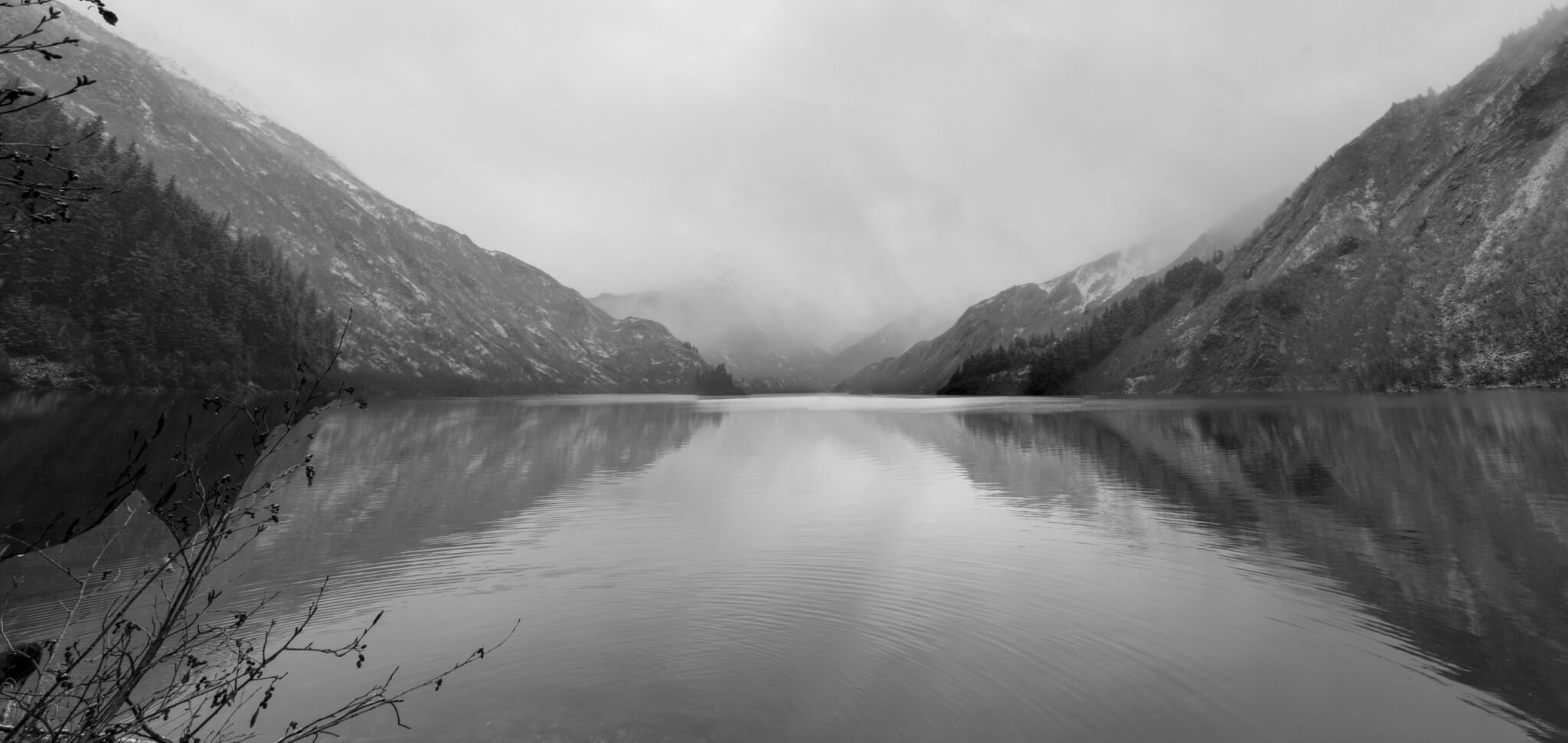Water is Fundamental: Source Water Protection Week 2024
This week, River Network recognizes and highlights Source Water Protection Week (September 29 -October 5) alongside other water-focused nonprofits, water utilities and associations, and government. When I sat down to write this blog, I was reflecting on national polling about water challenges in our country, which showed that voters are most concerned about pollution of lakes and rivers (89%), flooding (88%), and drinking water contamination (86%). Then I dug up an old issue of River Voices from 1996 (we’ve been doing this for a while!) – the same year amendments were made to the Safe Drinking Water Act. River Network’s prioritization of drinking water has shifted since then – as it has for many river and watershed groups – but I was struck by the national polling results that we cited 28 years ago, stating that “almost all Americans are very concerned about the quality of their drinking water.” Nearly three decades later, protecting the water we drink remains a critically important issue. What does that look like in practice?
Source Water Protection is a Connective Thread
Through our three focus areas of healthy, resilient rivers; climate resilient communities; and safe, affordable drinking water, River Network works with and supports a diverse array of river, justice, and water advocates who engage in source water protection activities and advocacy. Right now, we’re accepting applications for our recently launched Rooting Resilience Program, which will fund urban and community forestry projects. The Forest Service already has a strong Forests to Faucet assessment program to provide information connecting downstream users to source water protection actions related to forest conservation.
In my home state of Michigan, the Department of Natural Resources’ Forest to Mi Faucet program works with water utilities to implement source water protection plans and connects conservation groups to water utilities and landowners who manage forested areas. Organizations engaged in the Forest to Mi Faucet program include Lower Grand River Organization of Watersheds (LGROW), Huron River Watershed Council, Flint River Watershed Coalition, Kalamazoo River Watershed Council, and River Raisin Watershed Council, as well as land conservancies and other partners. Robert Cloy II, Urban Waters Ambassador with LGROW, explains,
“By participating in the Forest to MI Faucet Program, LGROW has been able to work with upstream rural landowners to educate on the importance of expanding their forests in riparian zones to protect downstream users. We also help water utilities implement their source water protection plan through the education of residents by promoting the sustainable use of water resources in the watershed.”
What is Source Water Protection?
Our drinking water comes from a variety of raw, untreated sources, including streams, rivers, springs, lakes, groundwater, and reservoirs. About 85% of people in the US rely on public water systems to deliver water to their homes; the other 15% rely on private groundwater wells. Protecting source water is one of the most proactive, effective ways to address drinking water quality and quantity concerns, preventing exposure to contaminated water with the added benefit of reducing treatment costs for water utilities. Find out more at EPA’s Source Water Protection webpage.

River Network’s Healthy Rivers Program team works closely with the Colorado Water Conservation Board (CWCB) to support communities’ and coalitions’ watershed planning efforts to meet Colorado’s Water Plan goal: that 80 percent of locally prioritized rivers be covered by stream management plans (SMP) by 2030. Stream management and integrated watershed management planning (SMP/IWMP), source water protection planning (SWAP), wildfire ready action plans (WRAP), and other watershed planning efforts help communities assess and address watershed health – gauging aquatic ecosystems, riparian area conditions, water flows, nutrient cycling, contaminant hazards, floodplain land uses, and other elements that impact water quality. Healthy watersheds provide ecosystem services such as flow regulation, flood control, water purification, dilution of contaminants, erosion control, and habitat protection that benefit not only ecological processes, but also local and state economies, community, and quality of life.
Communities across the country are facing a range of water-related climate change threats, from droughts to flooding and intense storms – all of which can negatively impact a community’s water supply. Even natural disasters that don’t directly involve water, such as wildfires, can contaminate source water by choking rivers with sediment, triggering algal blooms, damaging water intakes, or polluting water with chemicals. In 2021, the Dixie Fire of California burned over 963,000 acres in the northern portion of the state. Erosion and runoff into the Sierra watershed, including chemicals from the burned downtown of Greenville, were top concerns for state water officials that autumn. In 2020, the aftereffects of the East Troublesome Fire, which burned over 193,000 acres in northern Colorado, createding flash flooding and sedimentation in the Cache la Poudre River and, causing the city of Fort Collins to pause its use of the river as a source water. As climate impacts intensify, protecting source water is becoming more and more vital to ensuring people can have access to clean drinking water. Grant programs such as the Wildlife Ready Watersheds program, launched in Colorado in 2023, can support communities develop contingency plans to protect source water before disaster strikes.

“We protect source water by working with stakeholders on a source water protection plan completed in 2024. We work on source water protection because our Town of Crested Butte has one sole source of drinking water. Our watershed management planning contributes to source water protection by identifying key sources of contamination with many stakeholders and creating best management practices. We have started implementing the highest important best management practices in 2024 including Alternative Source Water study and Wildfire Ready Action Plan grant application.”
– Carolyn de Groot, Town Engineer, Town of Crested Butte, Colorado
River Network’s drinking water work focuses on federal policy and regulations related to water quality, water affordability issues, as well as water, stormwater, and wastewater infrastructure challenges and opportunities – but source water protection isn’t unrelated. Right now, we’re teaming up with PolicyLink to provide advocacy training support for a cohort of community-based organizations in Texas, Tennessee, Louisiana, and Alabama to tackle thorny issues related to the states’ Drinking Water and Clean Water State Revolving Fund Programs. One organization participating in this cohort is Protect Our Aquifer, a Memphis, TN-based organization that organizes to protect, conserve, and preserve the Memphis Sand Aquifer. They are in it for the long haul – Protect Our Aquifer “envisions the sustainable management of groundwater resources that will support the next seven generations living and working within the Mississippi Embayment.”
“Source water protection is critical to address vulnerabilities inherent in our groundwater system – upon which we are fully dependent in West Tennessee. Whether addressing local disinvestment in groundwater management here in Memphis or convening regional water stakeholders to discuss groundwater issues, we elevate the need for prioritization of source water protection as our region rapidly grows.”
– Mersadies Burch, Operations Director, Protect Our Aquifer

Meanwhile, in New Jersey, the Kirkwood-Cohansey aquifer provides drinking water for many in south Jersey, but is facing pollution from fertilizers, pesticides, and runoff from paved surfaces, along with threats from over-pumping. Stephen Elliott, Pinelands Preservation Alliance’s Water Outreach Specialist, leads the Pinelands Preservation Alliance’s Landscape Makeover Program. He explains,
“The primary mechanism for protecting source waters in New Jersey’s Pinelands is conservation. However, where development is allowed within Pine Barrens ecosystems and as water leaves the political boundaries of the Pinelands National Reserve and development becomes denser, we are working with municipal and non-profit partners to implement green stormwater infrastructure. These nature-based solutions capture and naturally filter stormwater runoff from impervious surfaces like concrete and asphalt while also facilitating groundwater recharge and providing native habitat for our vital pollinators. Our hope is that one day the pristine waters of the Pinelands will make their way into the Delaware River and Atlantic Ocean untainted by its human occupants.”
At both the local and state levels, source water protection is a team effort, requiring coordination and collaboration between community-based organizations, water conservation districts, water utilities, municipalities, and state agencies. All of these players rely on the key federal law protecting our drinking water – the Safe Drinking Water Act.
How the Safe Drinking Water Act Helps Protect Source Water
The Safe Drinking Water Act (SDWA), which is marking its 50th anniversary this year, requires each state to conduct source water assessments. Amendments to the SDWA in 1996 required states to conduct assessments within source water protection areas: the areas from which rain and melting snow drain into the waterbody or aquifer that is used as a water source.
Following the 1996 amendments, source water assessments were conducted for all public water systems under each state’s jurisdiction. The assessments identified activities that are likely to affect the quality of the water supply source, giving states and water systems the information needed to identify and implement measures to proactively protect source waters from contamination.
To learn more about source water assessment activities, contact your water system or your state’s drinking water agency to request access to their assessment reports.
- Learn more about source water protection in River Network’s Drinking Water Guide. Our online training series also offers the freedom to learn at your own pace about drinking water safety, sustainability and access at the local, state or national level. Module 1 covers source waters and includes an activity on Source Water Assessment Programs!
We, along with other partners, are marking the 50th anniversary of the Safe Drinking Water Act by reflecting on its successes, highlighting how community members have fought to secure safe and clean drinking water, and asking YOU to imagine what the next 50 years of the Act could mean for the US. We invite you to contribute to this collaborative map and find additional SDWA communication tools, stories, resources, and advocacy opportunities.
Connecting to Your Source Water
Many people don’t know where their tap water comes from. Source Water Protection Week is all about connecting to our waterways and helping folks learn where their water comes from.
We asked some River Network board members about their source waters:

Andrew Fahlund – Mossbrae Falls is one of the massive springs on Mt. Shasta that is the source of the Sacramento River, half of the drinking water source for Davis, CA. The other half is groundwater.

Kevin Jeffery – In Juneau, AK, roughly one-third of the drinking water comes from the surface waters and snow melt running into Salmon Creek Reservoir. You can take a lovely uphill hike to see it if your calves can handle it. Here is a panoramic view from the water’s edge.
If you’ve never connected with the Source Water Collaborative (SWC), this is a great time to get engaged! SWC works to further the goals of drinking water source protection, recognizing the value of coordinated action in tackling challenges. Source Water Collaborative resources include case studies on successful source water protection, funding sources, suggestions for potential partners, and resources on emergency response.
I hope you can take the time this week to appreciate the source water your community relies on every day, the many people who work to keep source waters’ supplies reliable, free of contamination, and resilient to climate change impacts. I’ll be admiring the Detroit skyline at sunset from Belle Isle in the Detroit River – a source water body that has faced plenty of pollution and contamination over the years, but is much cleaner today thanks to the water system’s source water protection plan implementation, enforcement of state and national regulations, and local watershed groups’ efforts.
Happy Source Water Protection Week!





